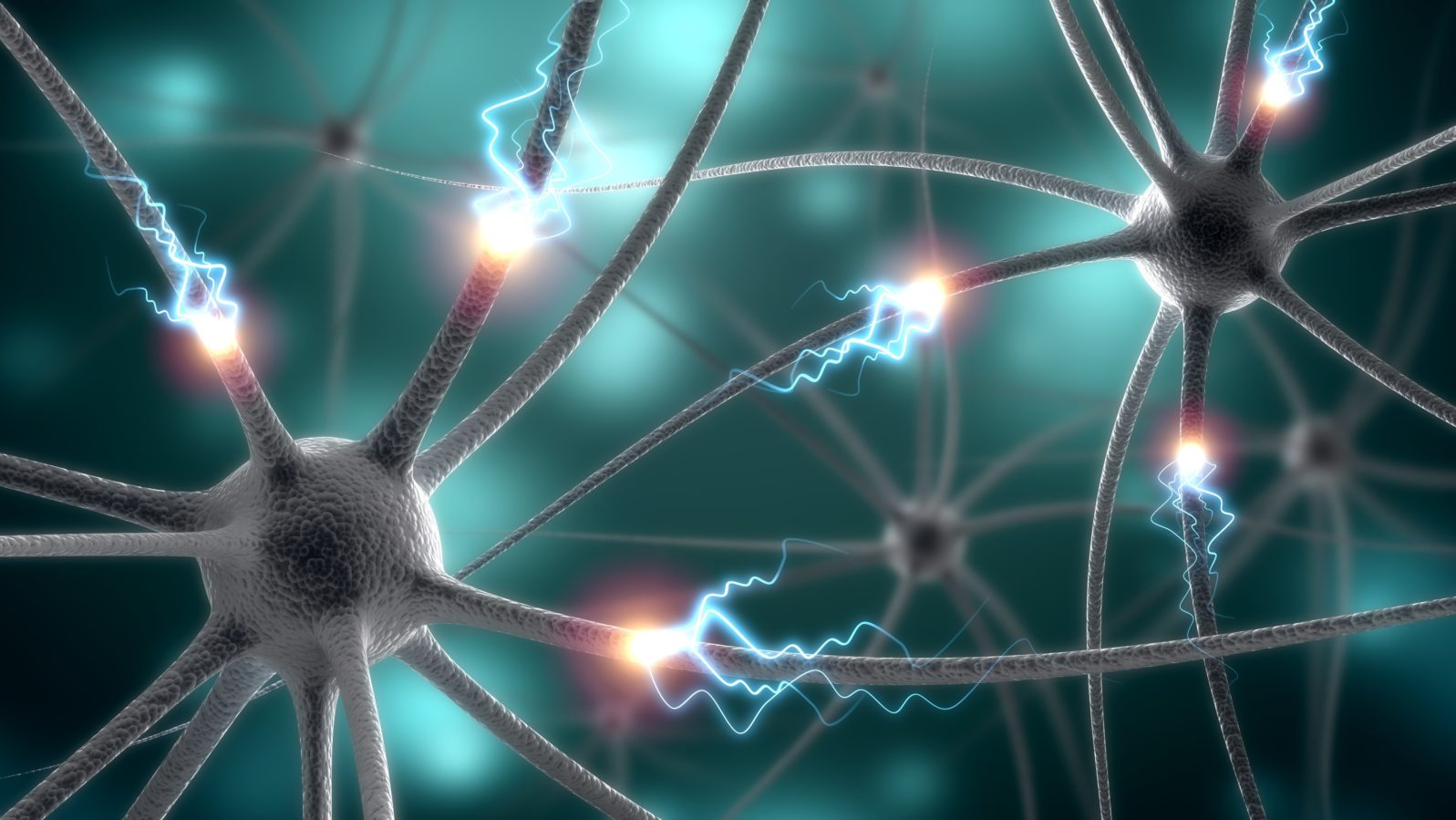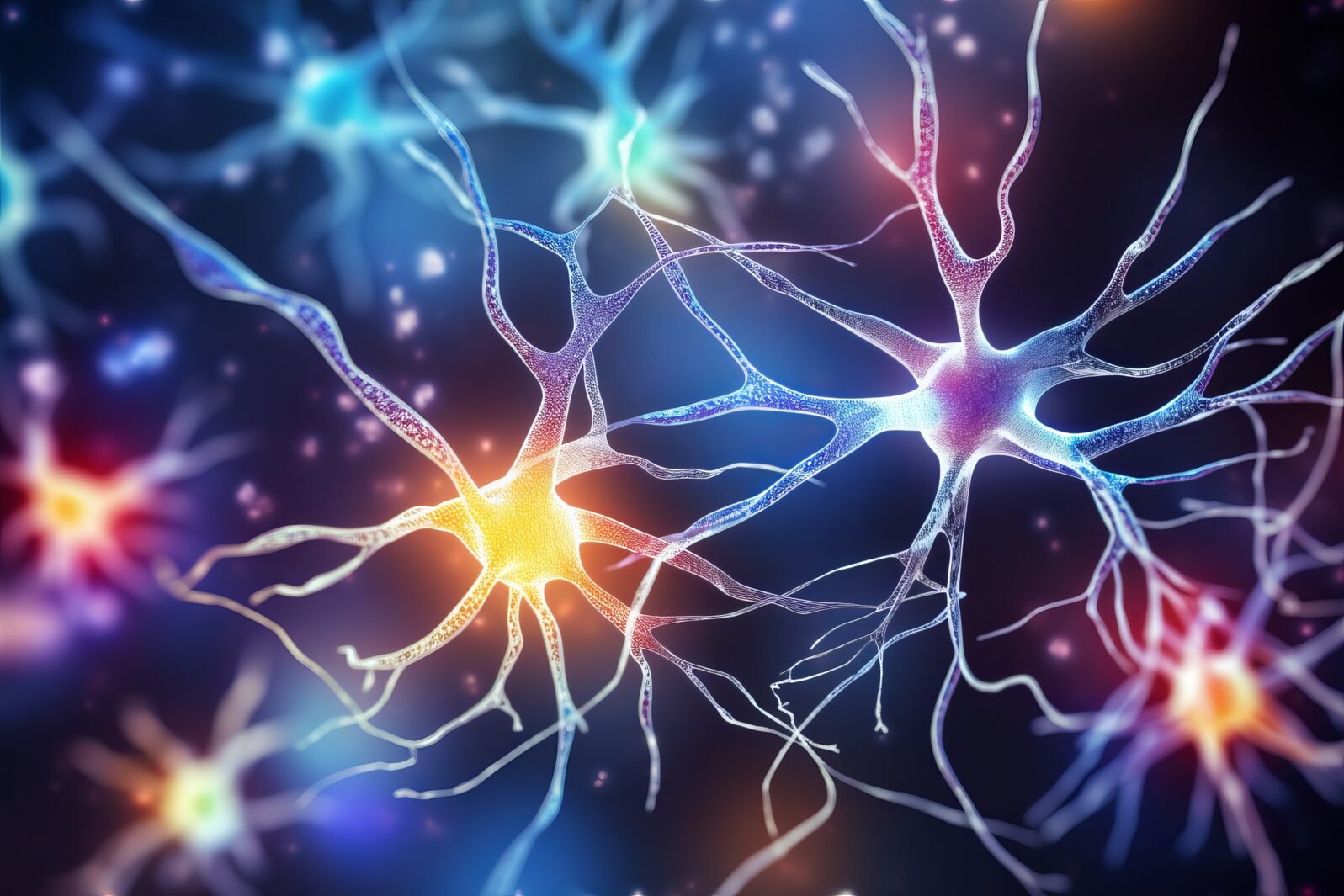Neuroscientist: How the Brain-as-Computer Myth Led Science Astray
Michael Merzenich explains neuroplasticity — how the brain organizes itself in detail — to Robert Lawrence Kuhn at Closer to TruthLate last month at Closer to Truth, Robert Lawrence Kuhn interviewed University of California neuroscientist Michael M. Merzenich, an expert in neuroplasticity, the brain’s ability to change itself.
The Closer to Truth introductory comments include, “Considering the remarkable capacities of brains, they are astoundingly small. Most watermelons weigh more.” So what are some of the brain’s secrets?
Merzenich thinks that the brain-as-computer approach to neuroscience has led us astray.
When the interview begins, Kuhn, who has a PhD in neuroscience, confesses he can’t keep up with all the discoveries of the brain’s complexity. But Merzenich reassures him, no one can: “I think it’s getting beyond us.” However, the research is definitely paying off in terms of yielding lots of information.
One thing that hasn’t helped, he says, is the picture of the brain as a computer:
Merzenich: [1:18] Historically, we thought of the brain as being something like a computer that developed its fixed processes and connections. Neurons matured in very early life and beyond that early period, we had something that was operating with unknown algorithms, an unknown operating system in a sense, and we had to account for every marvelous thing the brain did, given those unknown processes And now we realize that that’s a complete misconception.
The brain is more like a highway…
Merzenich: [1:42] To the contrary, the brain is a machine that organizes itself in detail. So what you see anatomically in early life is the establishment of the main trunk lines of the connections of the brain. But all of the little roads and highways and byways are not yet fully formed — and basically they’re formed on the basis of the acquisition of our skills and experiences. They’re formed by our using our brain. Our brain actually specializes in a myriad of ways and that specialization accounts for the skills and abilities that define us, that define our personhood, that define what we can do.

Neuroplasticity in the early years: “Developmental plasticity occurs most profoundly in the first few years of life as neurons grow very rapidly and send out multiple branches, ultimately forming too many connections. In fact, at birth, each neuron in the cerebral cortex (the highly convoluted outer layer of the cerebrum) has about 2,500 synapses. By the time an infant is two or three years old, the number of synapses is approximately 15,000 per neuron. This amount is about twice that of the average adult brain. The connections that are not reinforced by sensory stimulation eventually weaken, and the connections that are reinforced become stronger. Eventually, efficient pathways of neural connections are carved out. Throughout the life of a human or other mammal, these neural connections are fine-tuned through the organism’s interaction with its surroundings.” – Michael Rugnetta, Britannica
We might imagine that our brains grow sharper during adolescence but, if so, it’s not by forming more connections. At some point after childhood, there is a “precipitous” drop in these connections; the ones that were not strengthened by use are simply deleted. Further neuroplasticity would seem to depend on retraining what is left.
The Dalai Lama asks Dr. Merzenich a question
Kuhn asks, given that the brain is constantly revising itself, how do we quantify what is happening? For that matter, how do we identify a “self” amid the uproar of neurons?
Merzenich: [7:20] Well, I was once asked a question that relates to that by the Dalai Lama. He asked, “Do you think that you could define the origin of a person?” And I said, “Well, I think we can understand all of the principles really by which a person evolves.” But he said, “But could you understand what underlies the origin of an individual person?”
It sounds as though Dr. Merzenich was attempting to take refuge in Darwinism but the Lama quietly rules that out. “Individual person” means, among other things, “human consciousness.”
Merzenich: And, of course, the obvious answer is no because it comes from literally trillions of changes and changes that come so individually, so wonderfully, that you, as a person I know, are not me. You’re human; I’m human. But I know you’re not me and that’s what makes our conversation interesting, right? It’s a wonderful thing about us, our individual differentiation, as a gift of this great organ.
Many would argue, of course, that the mind is not just the brain and that there is more to being human than the wonders that brain science shows. But Dr. Merzenich offers a good introduction to the unmachine-like plasticity and complexity.
You may also wish to read: Your mind vs. your brain: Ten things to know Although we are only beginning to understand the workings of the brain, it clearly isn’t the same thing as the mind. Modern neuroscience research is both shedding light on the brain and revealing the depths of its mysterious relationship with our minds.
